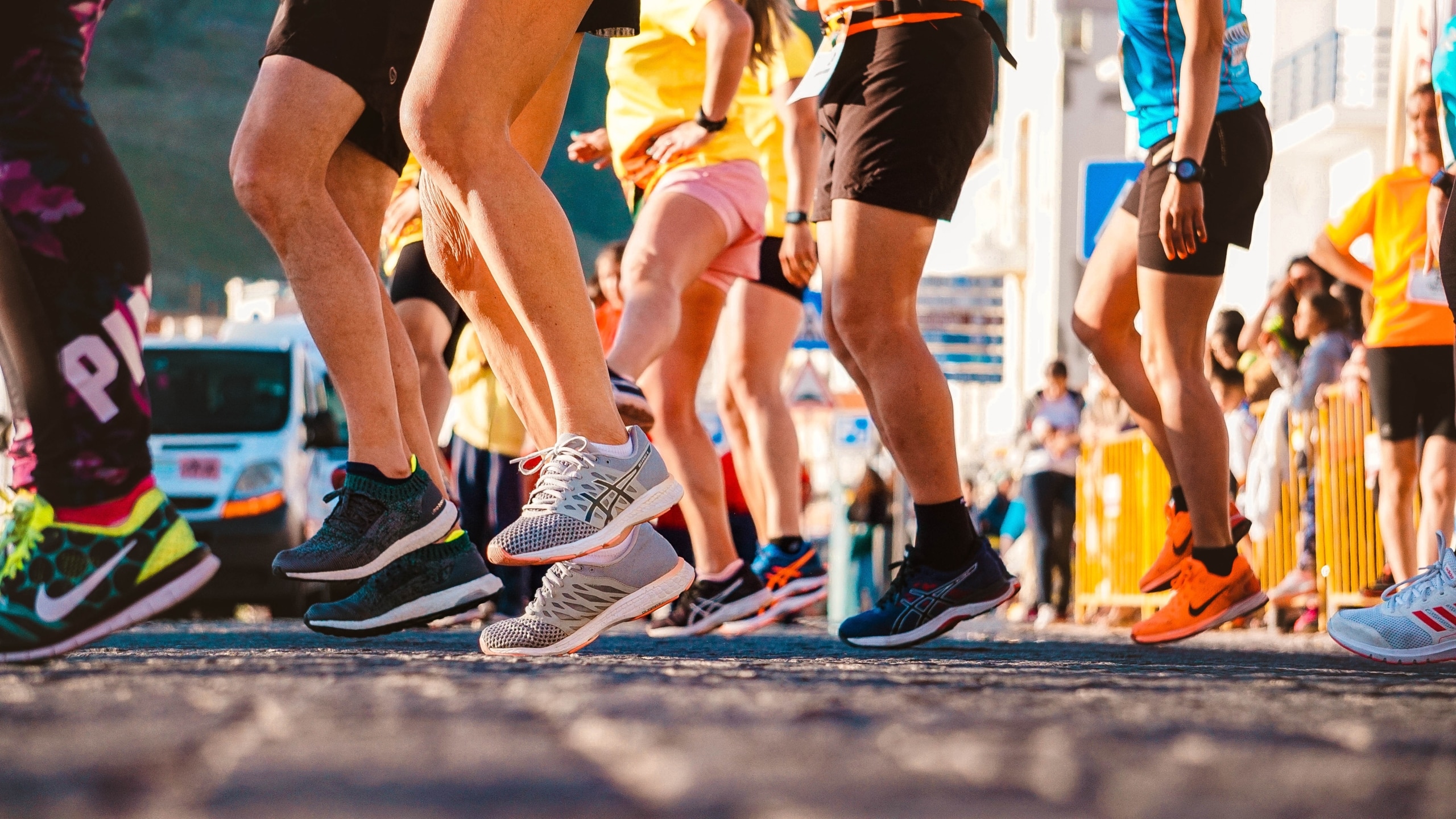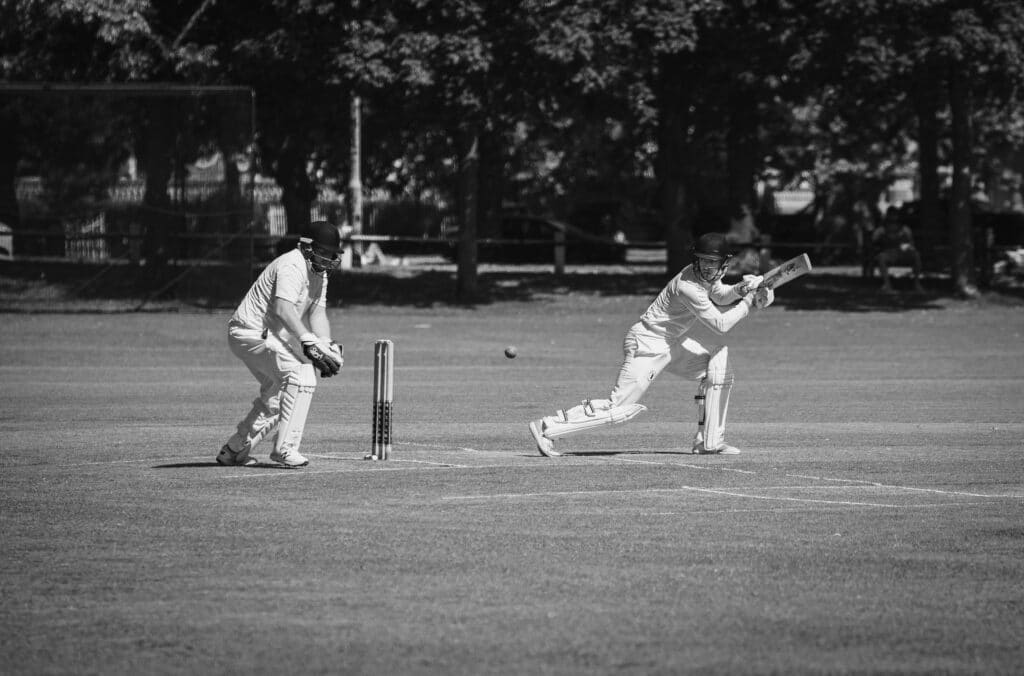How do I know what running shoes to buy?
What we’ll cover
How do I know what running shoes to buy?
This year, running and walking has become a mainstay as part of our regular exercise regimes. There are many factors to avoid getting injured when running. This includes regular running specific strength training, appropriately increasing your distances/time (don’t do too much, too quickly!) and importance of a warm up/cool down. However, often underestimated amongst many runners is the role your shoes play when it comes to injury prevention and running performance. Since your foot is the ONLY part of your body that contacts the ground when you run, it becomes critical to ensure your shoe is specific and perfect for you. With so many options out there, our physiotherapist Vernon Mittal delves into what to think about when selecting a shoe.
What is the average life of a running shoe?
It is recommended to replace your runners if they are > 2 years old (used or unused). Regardless whether you have used your shoes, materials in footwear deteriorate over time. In particular, the material that is utilised to provide structure and support deteriorate over time regardless of use. Typically, the midsole (arch support) of runners have a shelf life of approximately 2 years. Equally, the longer a runner is used, the greater the wear-and-tear of the structure and integrity of the runner. In particular running shoes which use a foam-based or flexible support gradually harden over time decreasing the amount of cushioning provided.
With all of these changes and the repetitive nature of running, this significantly increases the likelihood of injury.
How do I know if my running shoes are worn out?
Over time, runner’s gradually wear out. Common signs of a “worn-out” runner include:
- The tread on the sole becomes smooth and the overall shape of base-sole changes. This means the side of your runner wears down unevenly. This can sometimes suggest that your shoe was not ideal.
- You are beginning to experience pain or symptoms when running.
- The internal shoe structure has lost the “spring” and feels hard.
- Your heel feels it is coming out of your shoe indicating a loss of structural support
What affects the lifespan of your running shoe?
A number of factors can affect the longevity of your runners. This includes:
- Running terrain and running surfaces play an integral part in your runner’s life. Running on the terrain that the shoe was designed for will ensure a longer lasting shoe. If not, the shoe will deteriorate faster. For example, trail running shoes are specifically designed to promote grip on uneven surfaces but regular use on concrete or track will deteriorate the tread and undersole very quickly.
- Running style and biomechanics. There are 3 different types of running styles (Forefoot, Midfoot or Heel striker). By looking at the bottom of your shoe and observing where the most deterioration occurs gives a strong indication as to your running style and thus what type of shoe you buy next is most appropriate. It is important to note that often your foot posture when standing still can often be different when walking and running. A physiotherapist or podiatrist are well placed to assess your running technique and biomechanics.
- Your build will also affect how long your shoes will last. Most running shoes are designed and are made for the “average” individual (weight and height) so any differences from this will affect your runners life.
How many kilometres do running shoes last?
As listed, many factors influence how long your running shoes last. Tracking your distance and mileage can be a useful guide to determine how long your shoes will last. Depending on the factors listed above, most running shoes will last approximately 600-800 km’s depending on all factors listed above.
If you are concerned about the integrity of your shoe and want further help, please feel free to contact our physiotherapy team or book online. If required, our team can collaborate with our in-house podiatrist or assist with our running specific strengthening programs to compliment your running.


